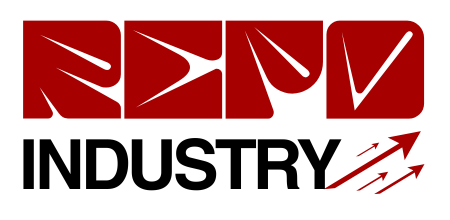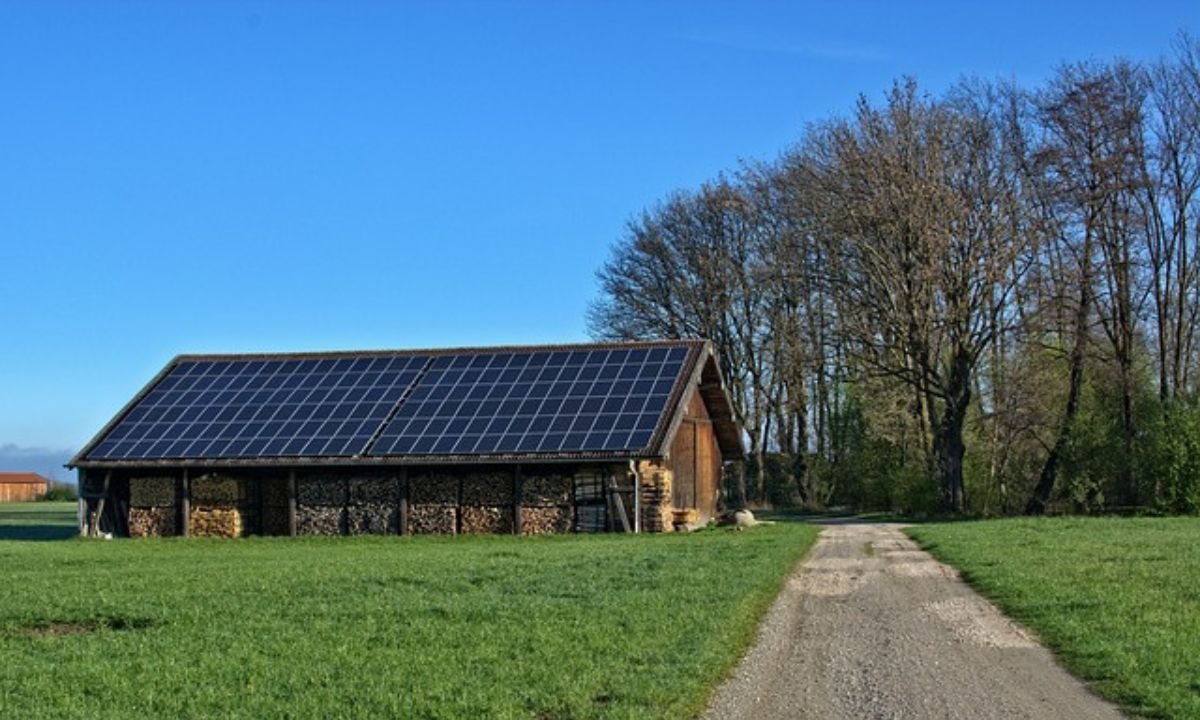Introduction: Exploring the Rise of Community Solar
As global concerns over climate change escalate, the search for sustainable energy solutions intensifies. One such solution gaining momentum is community solar, an innovative approach that broadens the reach of solar energy beyond the constraints of individual households. Unlike traditional systems that require costly rooftop installations, community solar allows subscribers to benefit collectively from a centrally installed solar array. This shared model democratizes access to clean energy and aligns with broader environmental goals by reducing collective carbon footprints while incentivizing economic savings.
Key players such as Nexamp’s community solar initiatives highlight the transformative potential of these projects. By offering financial and sustainability incentives, these initiatives pave the way for widespread community engagement in renewable energy efforts. Participants can thus take active roles in fostering sustainable environmental practices, contributing to a larger movement to reduce reliance on fossil fuels.
What is Community Solar?
Community solar, often shared solar, represents an innovative shift from individual solar panel installations to a model allowing multiple participants to enjoy the benefits of a single solar array. This design is particularly advantageous for individuals living in urban environments, where rooftops may not be suitable for solar installations due to shading or structural limitations. Instead of installing personal solar equipment, participants can subscribe to a communal solar farm from which they receive credits on their electric bills.
This system offers a practical solution for expanding solar access to diverse populations, ranging from renters and condo owners to individuals sharing increasingly crowded urban spaces. By decentralizing solar energy production, community solar breaks down barriers to access, making renewable energy an option available to a wider demographic.
How Does Community Solar Work?
The mechanics of community solar hinge on collective participation and distribution. Community solar initiatives gather subscribers who agree to purchase or lease a portion of a solar farm’s generating capacity. This capacity generates clean energy, which is then supplied to the local utility, offsetting power consumption within the community. Participants earn credits on their utility bills proportionate to their share of energy production, a process often referred to as virtual net metering. This reduces their energy bills and contributes to lower utility demand during peak times.
Moreover, community solar projects often include flexible subscription models, allowing participants to choose the size of their energy share based on personal or organizational needs. This adaptability provides an attractive level of customization that can suit various energy consumption habits, making community solar projects appealing to a wide range of potential subscribers.
Benefits of Community Solar
Community solar offers manifold benefits spanning environmental, economic, and social realms. From an environmental perspective, these projects are instrumental in reducing greenhouse gas emissions, significantly contributing to climate change. By participating in solar energy generation, communities actively diminish their reliance on fossil fuels, thus reducing their overall environmental impact.
Economically, subscribers benefit from reduced energy costs due to lower solar electricity rates than traditional utilities. The savings materialize as credits on their electricity bills, which can be significant over time. Additionally, community solar projects often stimulate local economies by creating solar installation, maintenance, and management jobs, thereby fostering economic growth within the community.
Socially, community solar initiatives promote inclusivity and energy equity by providing access to renewable energy for underrepresented demographics, particularly low-income groups. The initiatives foster community engagement in sustainable practices and create a sense of collective responsibility and achievement in addressing environmental challenges.
Is Community Solar Right for You?
Determining whether community solar is appropriate for your circumstances involves evaluating several factors. Critical considerations include assessing your commitment to environmental sustainability, financial situation, and energy consumption patterns. For many, community solar provides an attractive opportunity to transition to renewable energy without the upfront costs associated with traditional solar panel installations.
It is also important to evaluate the terms provided by community solar projects. Contracts may vary in length and flexibility, with some offering buy-in rights to the solar arrays, while others propose lease options. Understanding these variables will enable you to decide on a plan that best suits your needs while contributing positively to personal and community energy goals.
Getting Started with Community Solar
Engaging with a community solar project begins with researching options available within your geographic region. Exploring offerings from various solar project developers allows you to compare terms of participation, billing cycles, and pricing structures. Take note of the specific benefits each project promises, such as projected energy savings and potential environmental impacts, to make an informed decision.
Checking project developers’ credibility and track record can minimize risks and assure you of the initiative’s viability. Local governments and advocacy groups often support community solar projects and may have involving parties facilitate connections between interested individuals and viable solar initiatives.
Conclusion: Embracing a Solar Future
Community solar initiatives represent a significant leap towards making renewable energy more accessible and equitable. These programs dismantle traditional barriers to solar energy access by fostering collective participation in clean energy production, facilitating a shift toward a more sustainable future. As communities worldwide adopt these innovative models, the potential for more resilient and sustainable energy infrastructures accelerates the transition to a green economy.
Whether you’re a homeowner, renter, or business entity, exploring community solar as a part of your energy strategy reduces individual carbon footprints and aligns personal consumption with broader environmental goals. By choosing community solar, you are joining a collaborative effort that benefits the environment and strengthens community ties through shared goals and contributions to a healthier planet.











